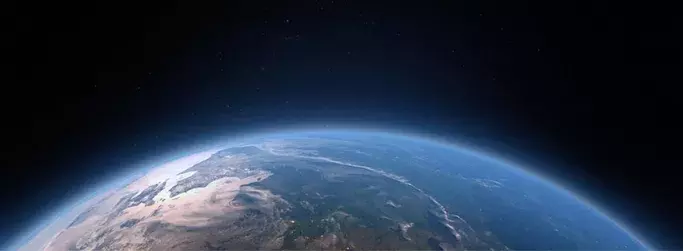
Have you ever wondered how satellite internet started? We’ve come a long way, from the invention of satellite internet in 1996 to the next generation of Ultra High Density Satellites today. But how did we get to where we are today and what will the future look like?
The Past:
Hughesnet® manufactured the first commercial communications satellite – Intelsat 1, also known as “Early Bird” – in 1965. It was capable of carrying over 200 telephone calls simultaneously! But it wasn’t until the mid-1990s that satellite internet was invented by our engineers, who sought a faster way to connect people to the nascent world wide web. At the time, early adopters of internet technology accessed the web using their telephone lines. Instead of waiting for data to crawl through a phone line at mere kilobits per second, users could receive it via satellite at ten times the speed.
The Present:
Today, more than 43 million people around the world rely on satellite internet from many different internet service providers. This number is expected to grow to 110 million by 2029. Now, the once radical idea of transmitting signals back and forth with a satellite orbiting the Earth is an indispensable way people access the internet. For those without access to traditional fiber and cable connections, satellite internet provides essential broadband access to telemedicine, online school and much more; check out our post on how the internet has changed the world.
The Future:
When we look back on how much has changed in the world of satellite internet over the past 25 years, it makes us wonder what life-changing innovations the next couple of decades may bring. The launch of JUPITER™ 3, the latest Ultra High Density Satellite from Hughesnet will bring more more capacity and plans with download speeds up to 100 Mbps!
As technology continues to advance and the need for high-speed internet grows, we can rely on our satellite internet service providers to be ahead of the curve and keep us connected. Satellite internet is essential to bridging the digital divide and fostering communication, education and connection for all.



